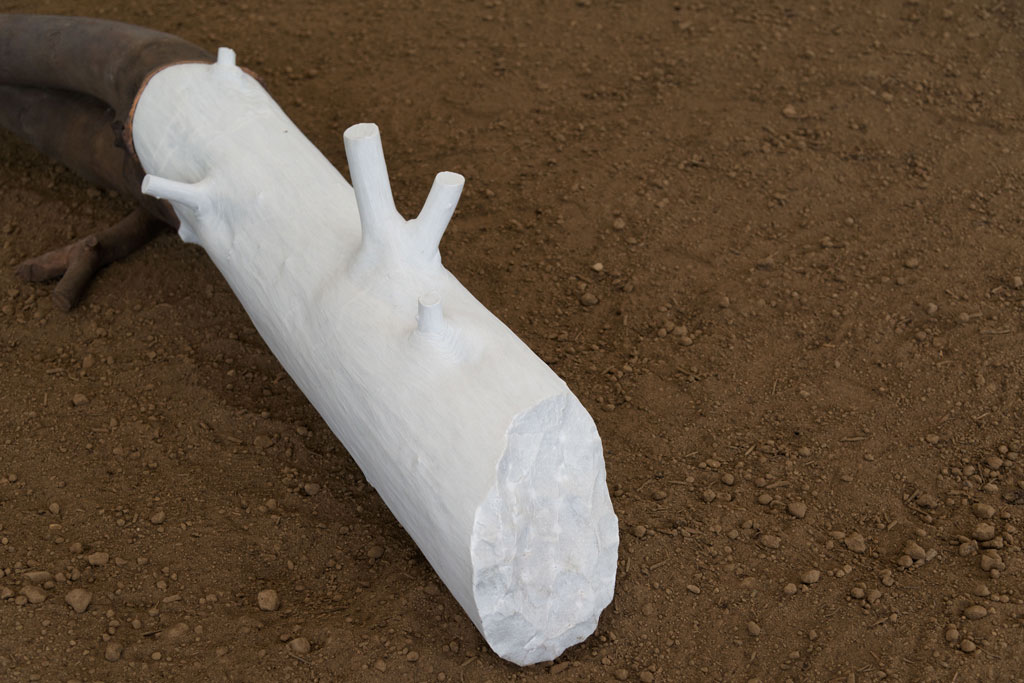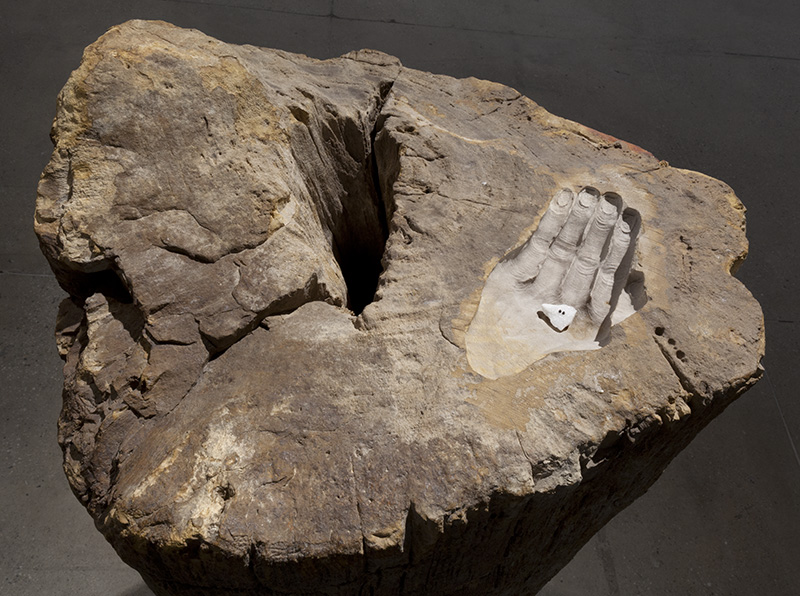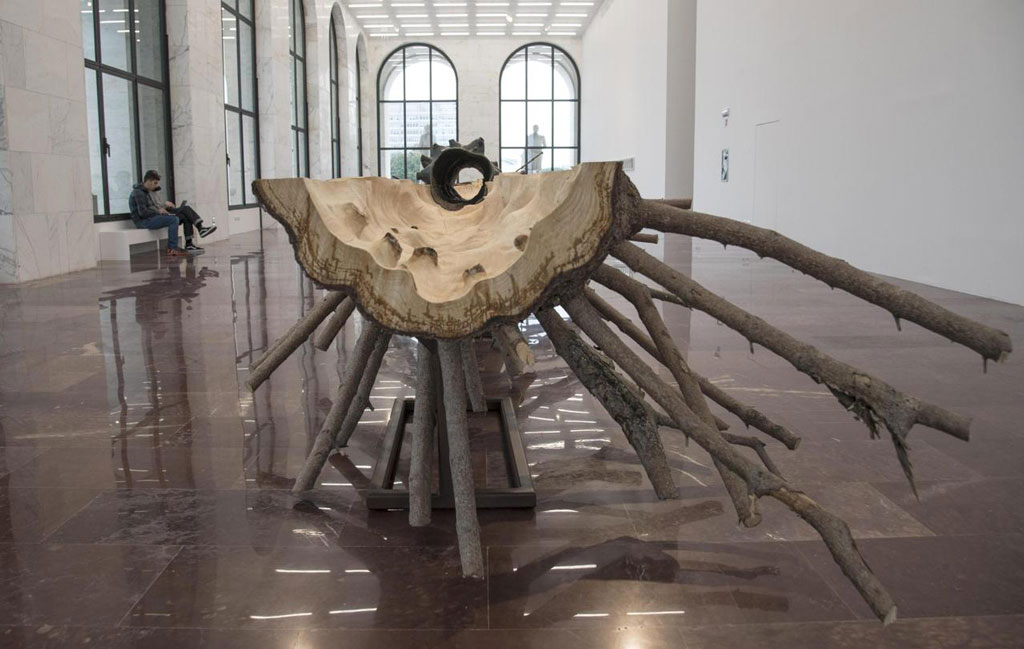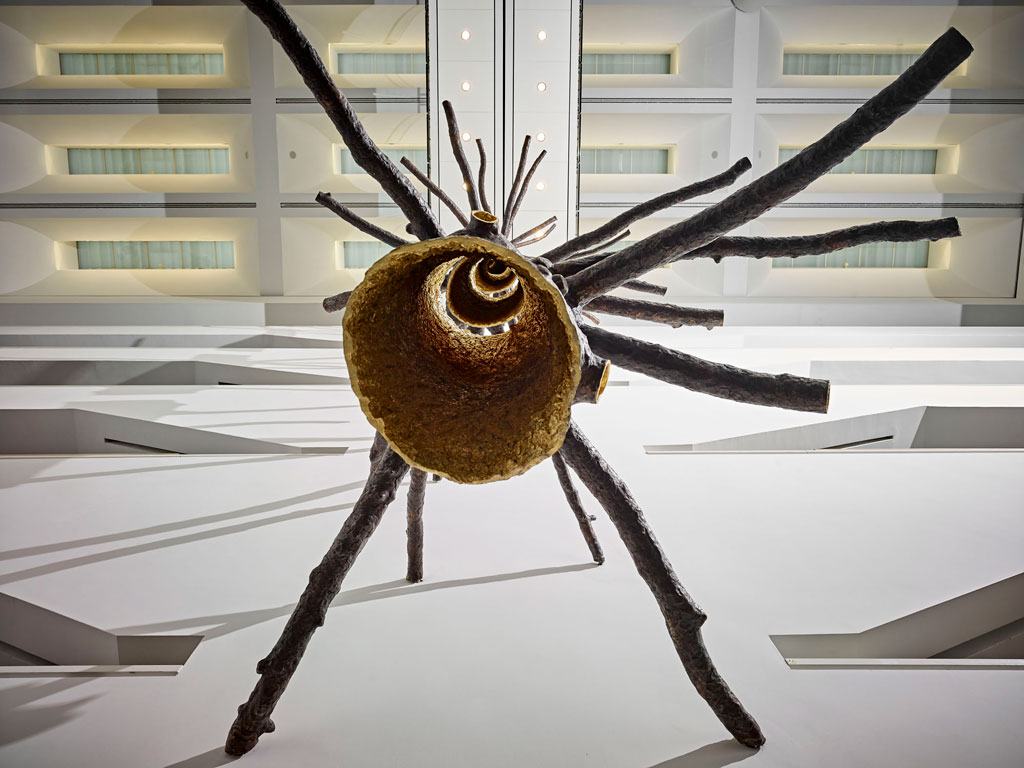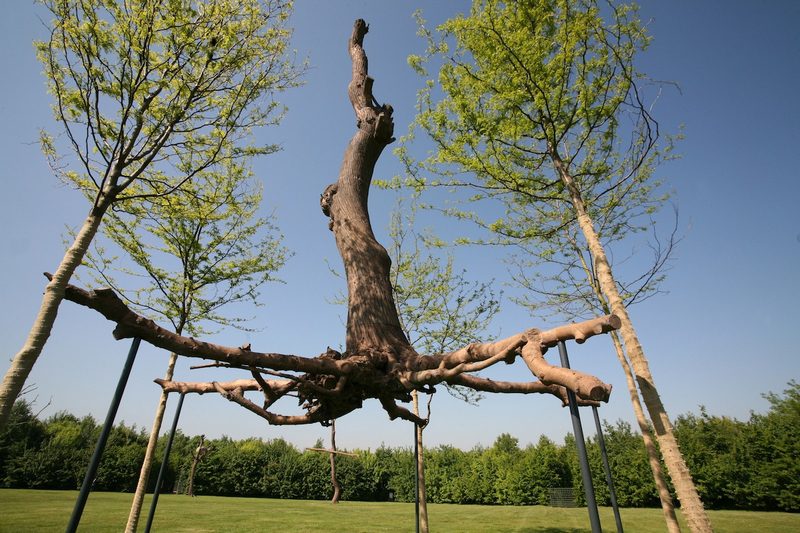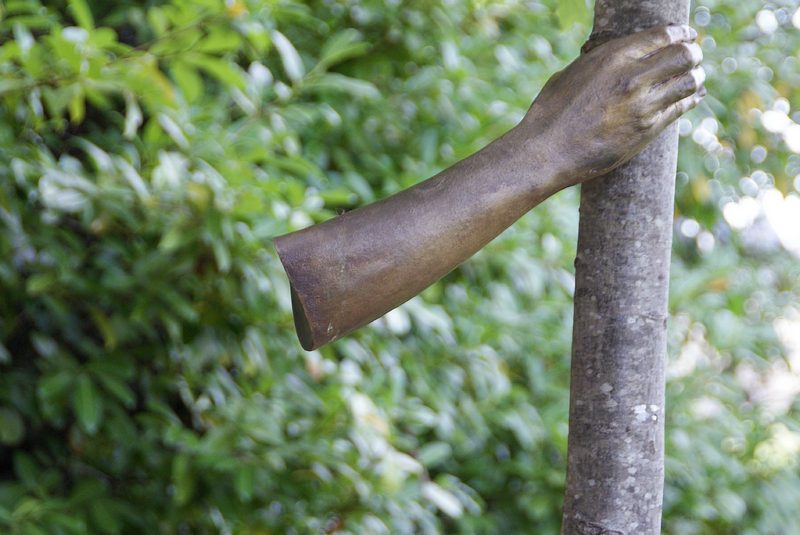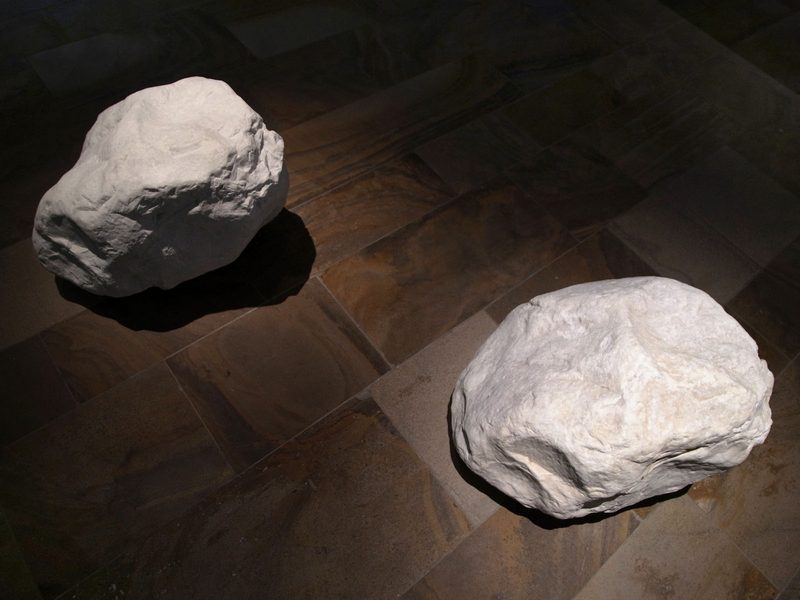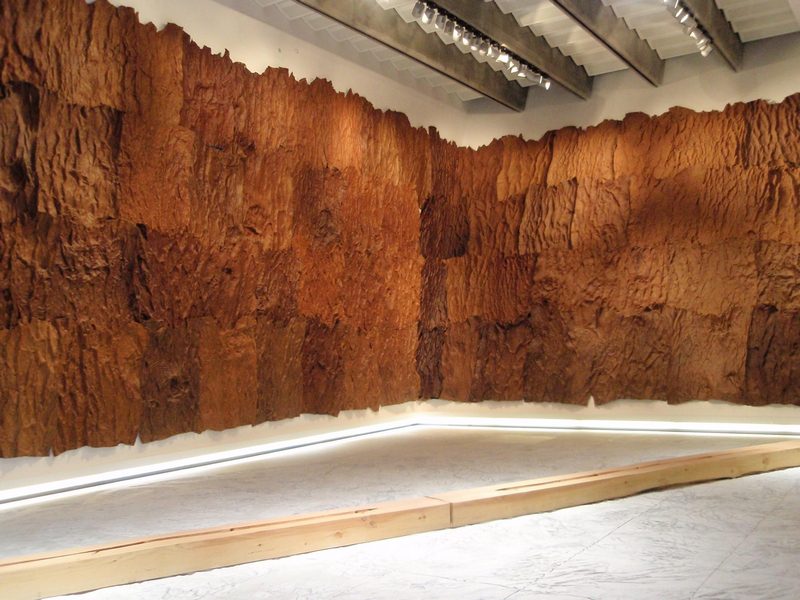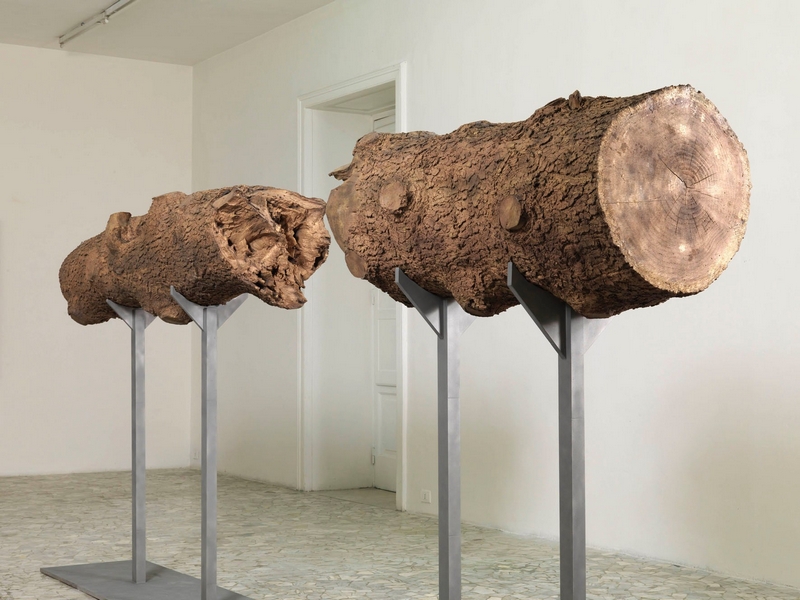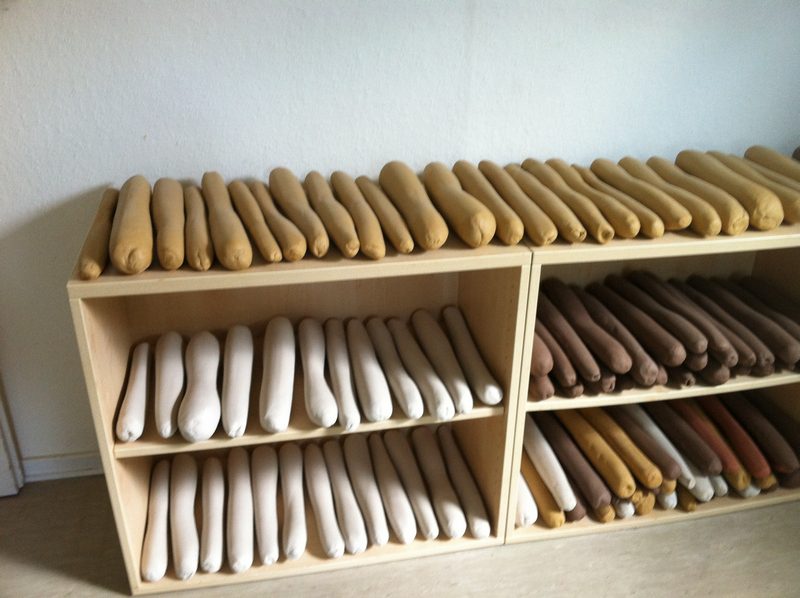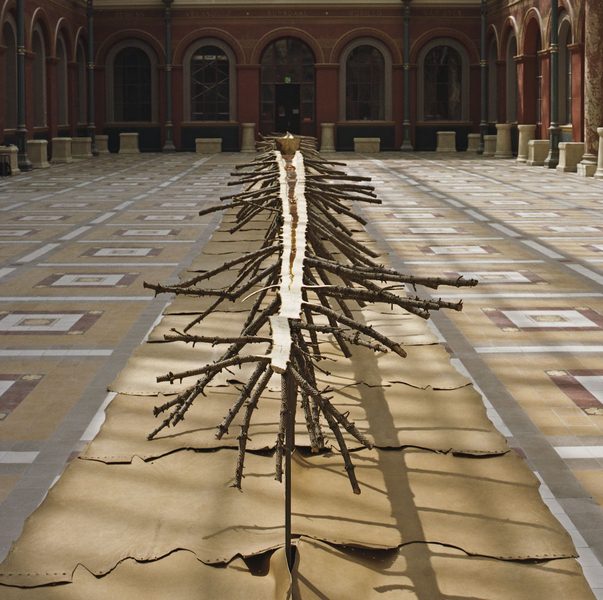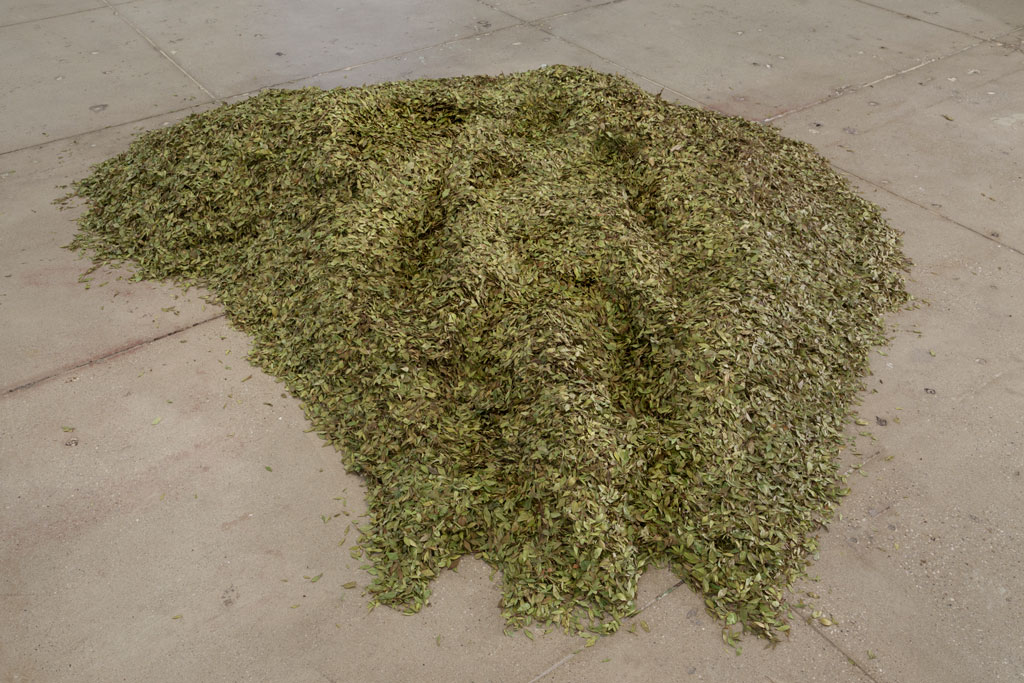TRACES:Giuseppe Penone
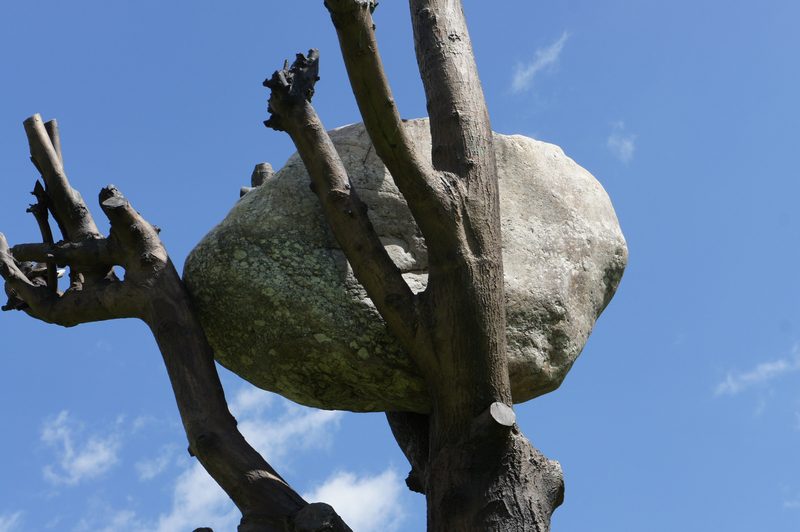 Today is the occasion to bear in mind the Italian artist of Arte Povera, Giuseppe Penone (3/4/1947- ), who was born in the Garessio community. This column is a tribute to artists, living or dead, who have left their mark in Contemporary Art. Through documents or interviews, starting with: moments and memories, we reveal out from the past-unknown sides of big personalities, who left their indelible traces in time and history…
Today is the occasion to bear in mind the Italian artist of Arte Povera, Giuseppe Penone (3/4/1947- ), who was born in the Garessio community. This column is a tribute to artists, living or dead, who have left their mark in Contemporary Art. Through documents or interviews, starting with: moments and memories, we reveal out from the past-unknown sides of big personalities, who left their indelible traces in time and history…
By Dimitris Lempesis
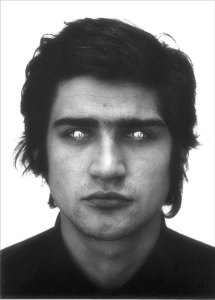 Giuseppe Penone’s relation with nature and especially with the forest is obvious all over his work. Penone started working professionally in 1968 in the Garessio forest, near where he was born. He is the younger member of the Italian movement Arte Povera. His work is concerned with establishing a contact between man and nature. The tree, a living organism, in appearance so closely resembling the human figure, is a central element in Penone’s work. His artworks were published in the Germano Celant’s Arte Povera in 1969 in a form of a sort of diary correlated with drawing, photographs and brief notes. The same year six black and white photos, each of which documents a different action, were exhibited at a group exhibition in the gallery of Gian Enzo Sperone in Turin. The appearance of Penone in the group of Arte Povera coincided with the emergence in the critical elaborations of the magical and wonder arousing value of the natural element. This was at a time when dialogue and debate with the coeval international avantgardes was becoming most intense, conducted through a series of group surveys in which Penone took part. Many of the procedures he adopts in the creation of his artworks are based on the act of relating different entities and forces, hence on traces or memories of the contacts between them. His sculptures, installations and drawings have always been distinguished by his radical choice of unconventional materials and use of processes that are an integral part of his work. Each artwork reaches completion through the assimilation of its actions to those of the natural elements and grows out of reflection that adhere closely to the concrete, visual, tactile and olfactory qualities of the materials, explored by the artistic ways that bring out their magical and fantastic groundwork. In Penone’s work, above all its more recent developments, the opposed concepts of identità (identity) and identicità (analogy) are assimilated according to a logic that is not extraneous to the Italian language, as in other European languages in which the two cognate words share the same etymon. The assimilation is shown in the process by which the artist emphasizes similar behaviors that belong to different entities by fossilizing them in a form. As a result, images are created that are capable of making the thoughts and imagination of those who observe them flow from one material to another, from one subject to another, from an animal body to a vegetable or mineral body…
Giuseppe Penone’s relation with nature and especially with the forest is obvious all over his work. Penone started working professionally in 1968 in the Garessio forest, near where he was born. He is the younger member of the Italian movement Arte Povera. His work is concerned with establishing a contact between man and nature. The tree, a living organism, in appearance so closely resembling the human figure, is a central element in Penone’s work. His artworks were published in the Germano Celant’s Arte Povera in 1969 in a form of a sort of diary correlated with drawing, photographs and brief notes. The same year six black and white photos, each of which documents a different action, were exhibited at a group exhibition in the gallery of Gian Enzo Sperone in Turin. The appearance of Penone in the group of Arte Povera coincided with the emergence in the critical elaborations of the magical and wonder arousing value of the natural element. This was at a time when dialogue and debate with the coeval international avantgardes was becoming most intense, conducted through a series of group surveys in which Penone took part. Many of the procedures he adopts in the creation of his artworks are based on the act of relating different entities and forces, hence on traces or memories of the contacts between them. His sculptures, installations and drawings have always been distinguished by his radical choice of unconventional materials and use of processes that are an integral part of his work. Each artwork reaches completion through the assimilation of its actions to those of the natural elements and grows out of reflection that adhere closely to the concrete, visual, tactile and olfactory qualities of the materials, explored by the artistic ways that bring out their magical and fantastic groundwork. In Penone’s work, above all its more recent developments, the opposed concepts of identità (identity) and identicità (analogy) are assimilated according to a logic that is not extraneous to the Italian language, as in other European languages in which the two cognate words share the same etymon. The assimilation is shown in the process by which the artist emphasizes similar behaviors that belong to different entities by fossilizing them in a form. As a result, images are created that are capable of making the thoughts and imagination of those who observe them flow from one material to another, from one subject to another, from an animal body to a vegetable or mineral body… 